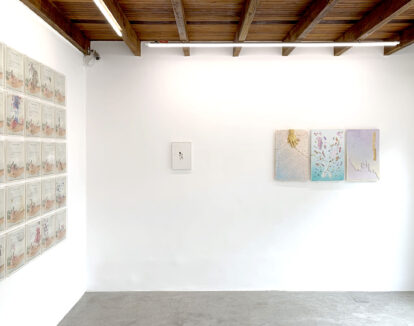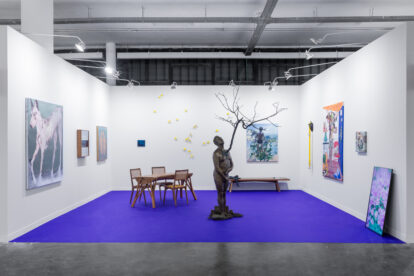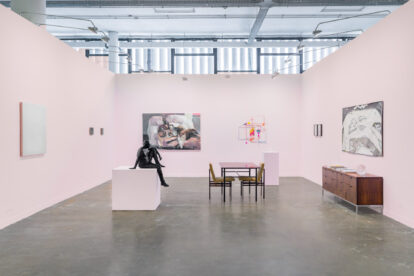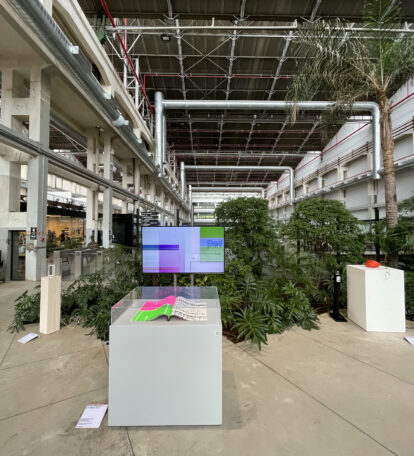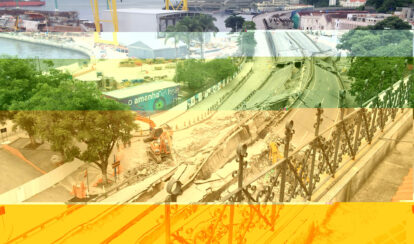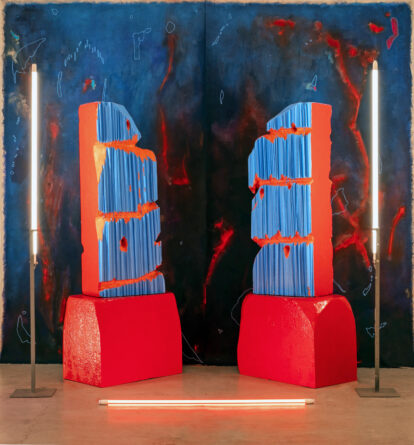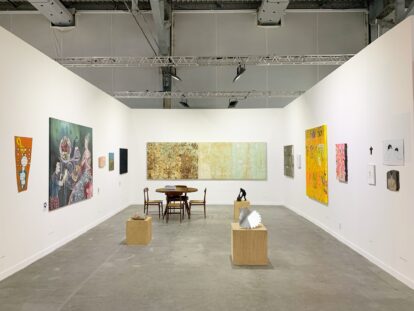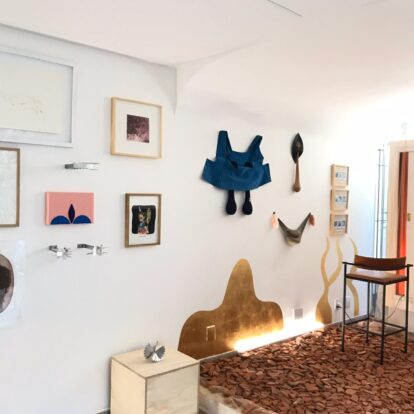Giselle Beiguelman’s research covers the fields of digital art preservation, the aesthetics of memory in the 21st century and art and activism in the networked city. Develops projects of artistic interventions in public space and digital media. She is a full professor at FAU-USP and was the coordinator of its Design course from 2013 to 2015. She is a member of the Laboratory for OUTERS Urbanism (FAUUSP) and of the Interdisciplinary Laboratory Image Knowledge – Humboldt-Universität zu Berlin. ⠀
⠀
Among the exhibitions she has participated in, Memórias de Areia stand out, at Cassino da Urca, Rio de Janeiro (2017); Cinema Lascado, at Caixa Cultural de São Paulo, and Quanto Pesa uma Nuvem?, at Galpão Videobrasil, both in 2016; Memory of Amnesia, an intervention at the Municipal Archives (São Paulo, 2015), Odiolândia (2017), Art Supermarket (VII 3M Digital Art Exhibition, 2017) Net_Condition (1999) and Algorithmic Revolution (2004-2008), at the Zentrum für Kunst und Medientechnologie (ZKM), Karlsruhe, Germany; participates in the 25th Bienal de São Paulo (2002), in the exhibition El Final del Eclipse (2001-2003), at Fundación Telefonica, Madrid and Latin America; the Seville Biennial (2008) and the 3rd Bahia Biennial (2014), held at the Bahia Museum of Modern Art (MAM/BA); and “Unplace”, at the Calouste Gulbekian Foundation, in Lisbon (2015); among others. In 2022 she is one of the artists that integrates the 370 Panorama of Brazilian Art at the Museum of Modern Art of São Paulo (MAM-SP)
⠀
Her work integrates important public collections in Brazil and abroad, such as ZKM (Germany), Yad Vashem (Israel), Latin American Collection – Essex University (England), the Museum of Contemporary Art of the University of São Paulo (MAC-USP) and the Pinacoteca do Estado de São Paulo, as well as the Jewish Museum Berlin. She was editor-in-chief of Revista seLecT (2011-2014) and is a columnist for Rádio USP and Revista Zum. She was the curator of Arquinterface: the city expanded by networks (Sesi Digital Art Gallery, São Paulo, 2015) and Tecnofagias (3rd 3M Digital Art Exhibition, Instituto Tomie Ohtake, 2012).

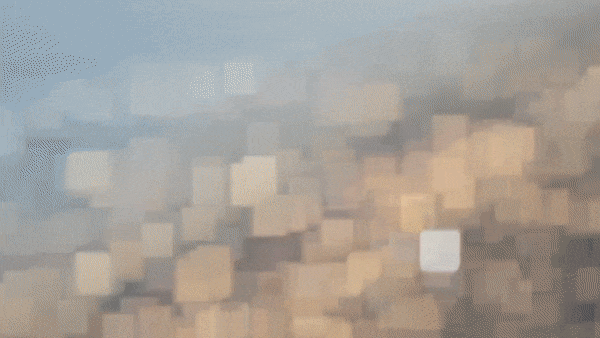
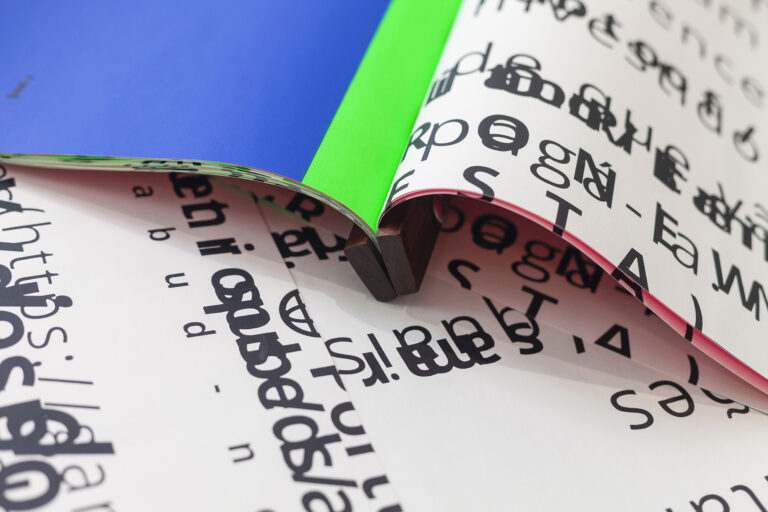
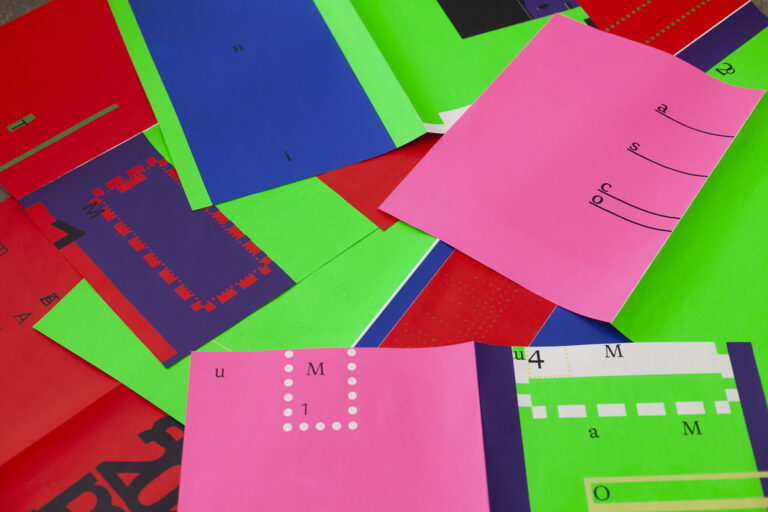
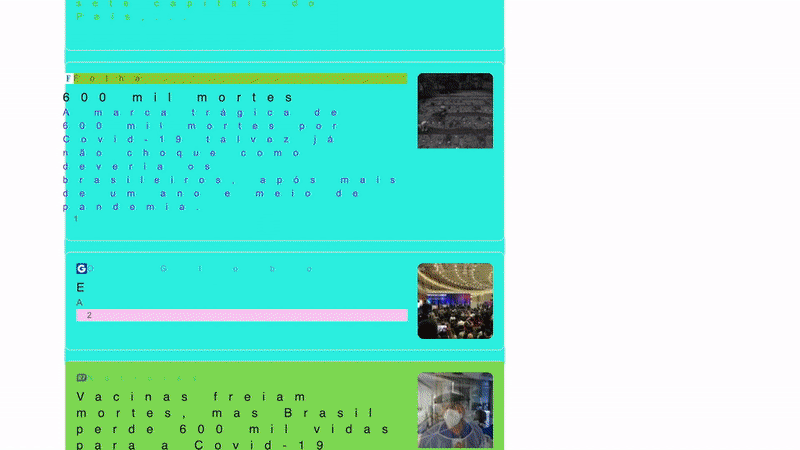
![Memórias de areia [Memories of sand]](https://www.vervegaleria.com/wp-content/uploads/2022/06/002-768x433.jpg)
![Memórias de areia [Memories of sand]](https://www.vervegaleria.com/wp-content/uploads/2022/06/003-768x433.jpg)
![Memórias de areia [Memories of sand]](https://www.vervegaleria.com/wp-content/uploads/2022/06/001-768x559.jpg)
![Já é Ontem? #46 [Is it Yesterday? #46]](https://www.vervegaleria.com/wp-content/uploads/2022/06/46_perimetral_glitch_livro_sesc-768x454.jpg)
![Já é Ontem? #46 [Is it Yesterday? #46]](https://www.vervegaleria.com/wp-content/uploads/2022/06/41_perimetral_glitch_livro_sesc-1-768x454.jpg)
![Já é Ontem? #51 [Is it Yesterday? #51]](https://www.vervegaleria.com/wp-content/uploads/2022/06/51_perimetral_glitch_livro_sesc-768x454.jpg)
![Odiolândia [Hateland]](https://www.vervegaleria.com/wp-content/uploads/2022/06/ezgif-1-c33cf76527.gif)
![Perguntas às pedras (Série 3) [Ask the stones (Series 3)]](https://www.vervegaleria.com/wp-content/uploads/2022/06/expo2-768x512.jpg)
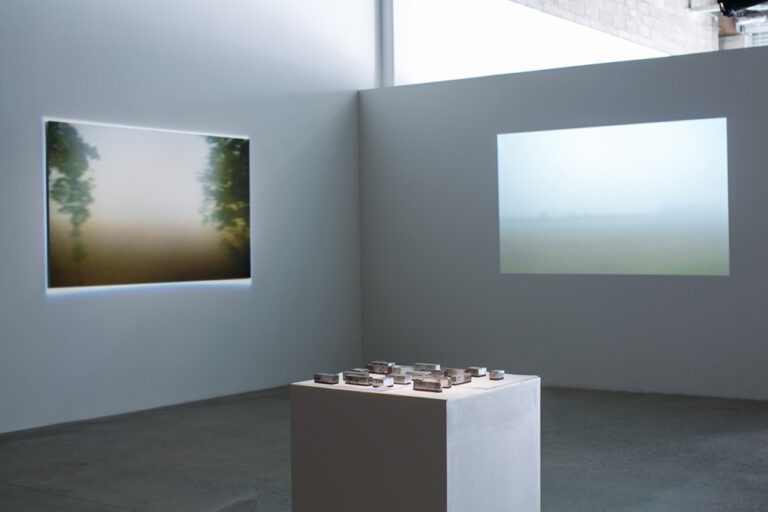
![Perguntas às Pedras (Série 2) [Questions to the Stones (Series 2)]](https://www.vervegaleria.com/wp-content/uploads/2022/06/perguntas_as_pedras-768x732.jpg)
![Perturbadoramente familiar [Disturbingly familiar]](https://www.vervegaleria.com/wp-content/uploads/2022/06/Giselle_Beiguelman_-_Perturbadoramente_Familiar.caixa_aberta-768x517.jpg)
![Perturbadoramente familiar [Disturbingly familiar]](https://www.vervegaleria.com/wp-content/uploads/2022/06/Perturbadoramente-Familiar-caixa_fechada-768x585.jpg)
![Perturbadoramente familiar [Disturbingly familiar]](https://www.vervegaleria.com/wp-content/uploads/2022/06/Perturbadoramente_Familiar_-mapa_maos_2-768x509.jpg)
![CGH-SDU: Ode à Mínima Informação [CGH-SDU: Ode to Minimum Information]](https://www.vervegaleria.com/wp-content/uploads/2022/06/30337375_Trim_AdobeExpress.gif)
![Monumento Nenhum [Unmonument]](https://www.vervegaleria.com/wp-content/uploads/2022/06/chacinadaluzz-768x512.jpg)
![Chacina da Luz [Luz Massacre]](https://www.vervegaleria.com/wp-content/uploads/2022/06/chacinaluzzz-768x510.jpg)
![Chacina da Luz [Luz Massacre]](https://www.vervegaleria.com/wp-content/uploads/2022/06/chacinadaluz-768x580.png)
![Mulheres [Women]](https://www.vervegaleria.com/wp-content/uploads/2022/06/ezgif-2-5e513349a8.gif)
![Judeus [Jews]](https://www.vervegaleria.com/wp-content/uploads/2022/06/ezgif-2-894ce69329-judeus.gif)
